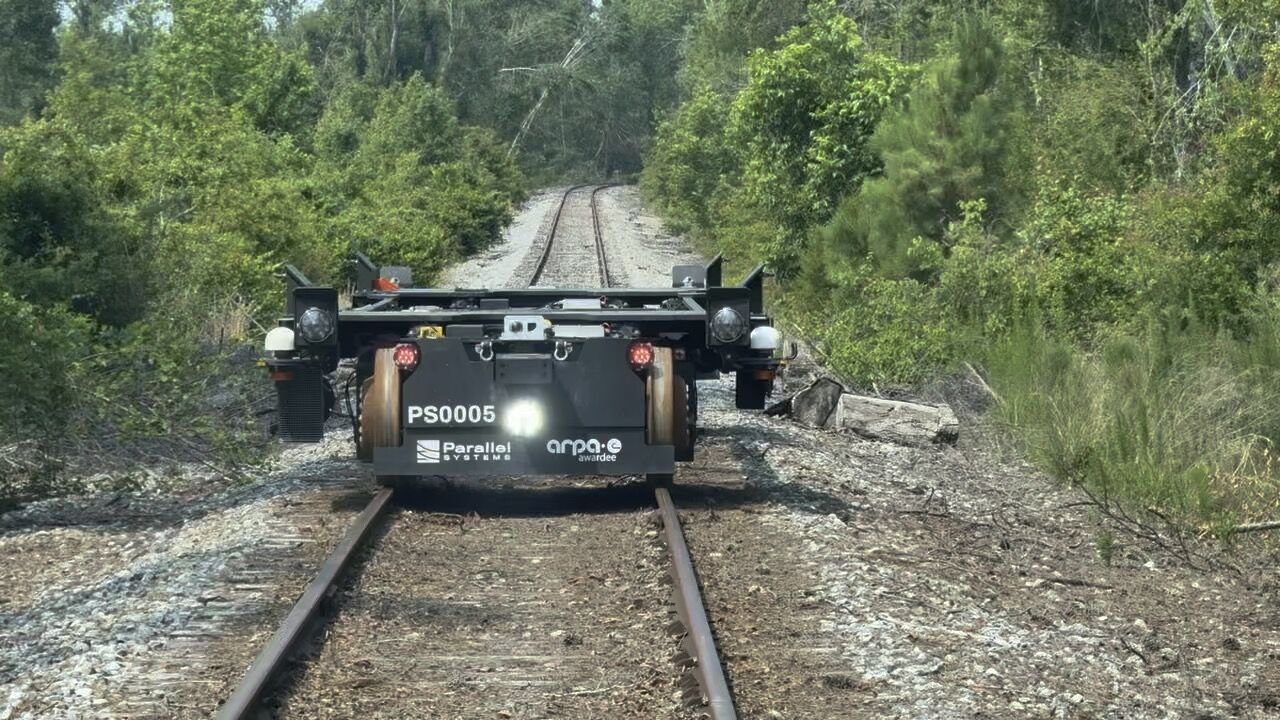
Parallel Systems is only in the early innings of testing its self-propelled, autonomous flatcars on Genesee & Wyoming short lines in Georgia and already CEO Matt Soule says he’s likely to have a problem on his hands.
“Parallel is going to have a manufacturing backlog problem,” the Parallel Systems founder predicted on a webcast last week. “ That’s a good problem for us to have.”
The battery-electric railcars are undergoing a seven-phase trial on the Heart of Georgia Railroad that will extend to the Georgia Central Railway. Tests began last month. The pilot, Soule says, will validate that the technology works and is commercially viable — two things the startup company will need to gain regulatory approval and to attract customers.

“That’s going to create a lot of demand that’s been waiting in the wings,” Soule says.
The Federal Railroad Administration has been a good partner, Soule says, and is looking at what safety rules might have to be drawn up to apply to autonomous rail vehicles. The FRA approved Parallel’s test program on G&W and is monitoring its progress.
The final phase of testing will show that Parallel’s system can successfully deliver containers from the burgeoning Port of Savannah to an inland intermodal terminal in Cordele, Ga., on the Heart of Georgia. The terminal has been dormant since 2017, when traditional short-haul intermodal service was dropped.
G&W CEO Michael Miller says Parallel offers the opportunity for railroads to enter new short-haul, low-volume markets where they are currently unable to compete against trucks. Parallel’s equipment is not compatible with traditional rolling stock and is designed to operate alongside existing operations rather than be integrated with traditional trains.
“Parallel Systems is a great opportunity to expand the addressable market for rail. It creates a new service product for rail, and it doesn’t really replace what we do on rail today,” Miller told the webcast. “So I think people have to look at this as really an opportunity, not a threat.”
Parallel’s cars can move solo but are meant to roll along the railroad in platoons of up to 50 cars, without a locomotive or train crew.
Historically, Class I railroads have focused on high-volume shipments moving over long hauls. “This type of technology allows you to scale down rail and provide really boutique service on low-volume lanes without requiring big investments in intermodal terminals or a 3-mile passing siding,” Miller says. “You can integrate this into existing rail service without really requiring a ton of capital.”
Approximately 11,000 trucks pass through the Port of Savannah’s gates every day, which is an untapped opportunity for railroads to haul freight to points in the Southeast.
Organized labor sees the autonomous vehicles as a threat to their jobs. But Miller says the Parallel technology will help railroads gain volume and jobs. The alternative, he says, is fewer rail jobs as the industry fails to grow.

“We’re an industry that has not grown in 10, 15 years. If we don’t grow, the jobs will go down,” Miller says. “So my view is we’re in this thing together. Union or non-union, we’re trying to create a platform here to grow this industry that will benefit everybody.”
Some railroads look at Parallel’s equipment and see it as a threat to their highly profitable business model, Miller says.
“I think even the railroads look at this as, ‘Oh, my God, this is going to blow up our intermodal network.’ No, it’s not,” Miller says. “We’re still going to run three … mile long intermodal trains from LA to Chicago. We’re still gonna run intermodal trains from Savannah to Memphis. But we don’t run intermodal trains from Savannah to Macon, Ga. And this creates a platform where you can do that.”
If the railroad industry does not adopt new technology, the trucking industry certainly will, Miller says. Already there are autonomous trucks in use in the Southwest. If autonomous trucks ultimately become widespread nationwide, they will dramatically lower costs for trucking companies — and will spell trouble for railroads.
“Rail becomes even less relevant than it is today because you’re not competing against an asset that has the same cost structure anymore,” Miller says.
And Miller contends that railroads must pursue technology. “You have to evolve. You have to adapt. Or you don’t survive – period, end of story. We have to do this,” Miller says.
D’Andrae Larry, head of intermodal for Uber Freight, says it’s possible for intermodal volume to double if service is reliable and consistent and companies can provide shipment visibility from one end of the supply chain to the other. “I think it could be a tremendous growth story,” he told the webcast.
Parallel hosted the virtual roundtable on June 23. It’s available for viewing on YouTube.






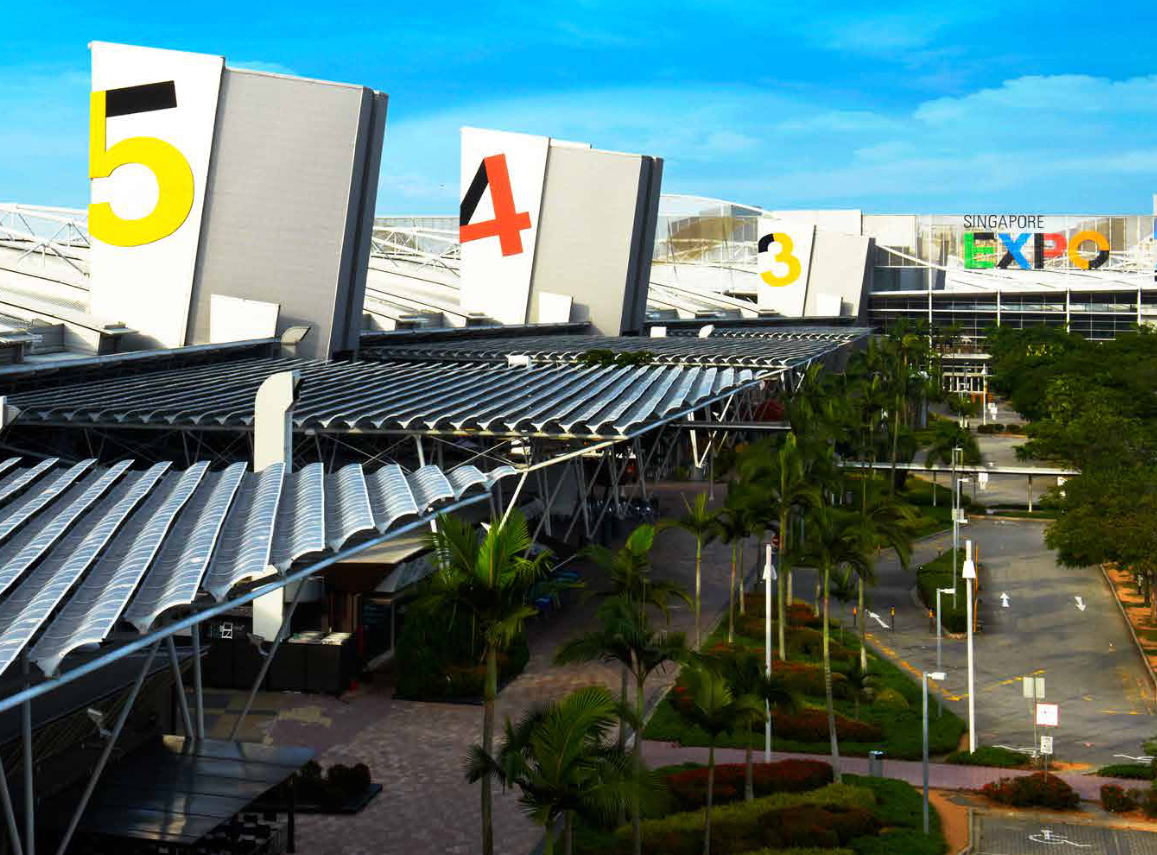
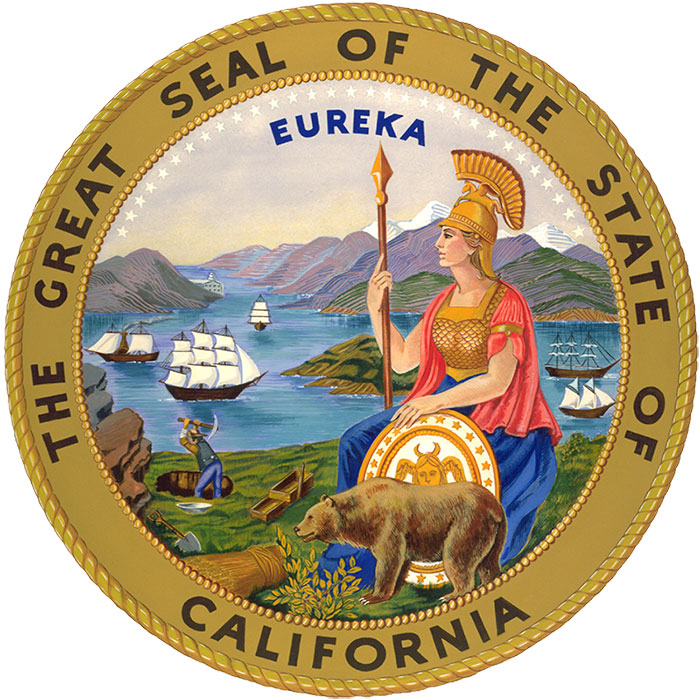
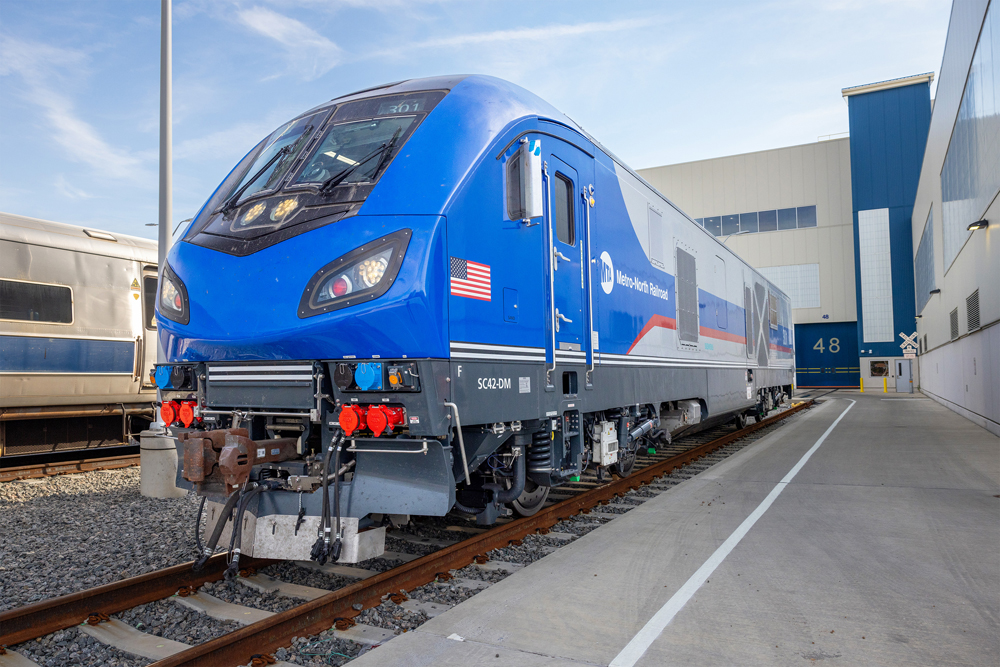
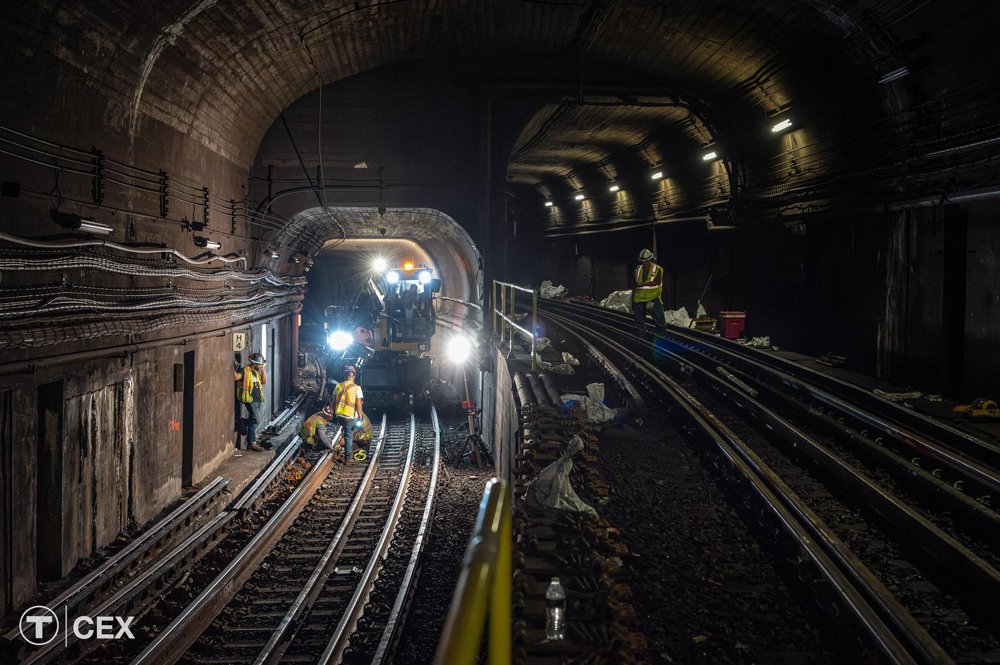

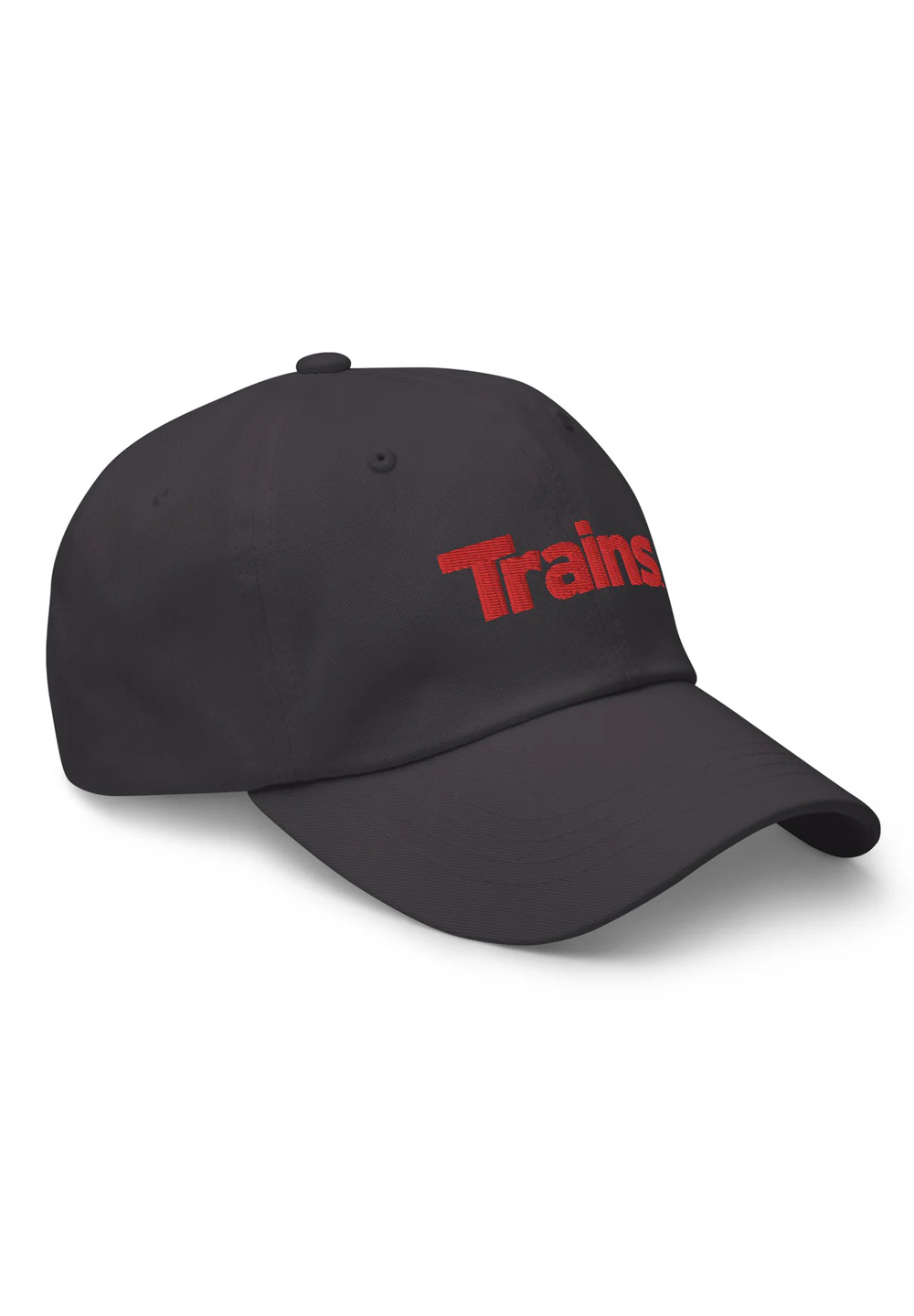
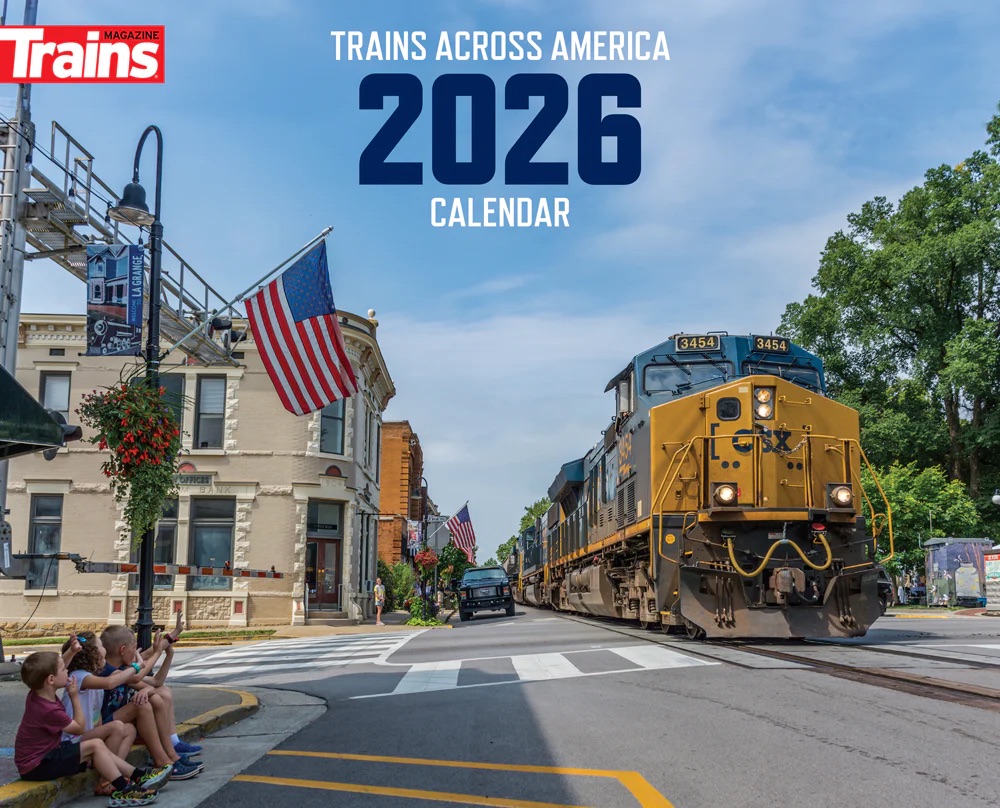
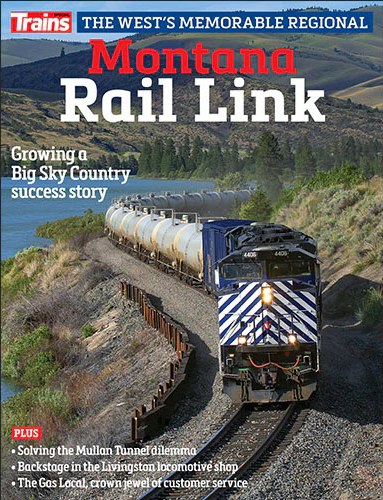
I say give it a chance. This could be a big deal for short lines that are strategically located, low volume lines. Ever see the little delivery bots running around some cities? Don’t hear much about them but I’ve seen them cruising down sidewalks and waiting patiently at crosswalks. Every time there’s a technological change at railroads there’s a battle to keep the status quo.
Phase 8 of this project will see the steel wheels replaced with rubber tires!! Containers will move from the port directly to the final customer with no railroad involvement.
Might work if J.B. Hunt gets involved!
If you read the article, autonomous trucks are already running in the southwest which will do exactly what your phase 8 would do. Wouldn’t take a lot to have them go from a port to a customer.
These could be additional revenue for the railroads in certain areas.
Another Silicon Valley bad idea. My question is which insurance company is stupid enough to write policies?
I am curious about your specific concerns. I may certainly be missing something, or several things, but it seems like a very interesting and potentially viable concept to me. We already have large fleets of driverless taxis in several cities in the US. “Driverless” railcars on fixed guideways appear at least as possible.
Given all the “Injured in a truck accident?” ads I see on TV, reducing the needs for humans be involved in transportation will be embraced by the insurance industry.